Tell us a little bit about yourself and what you do.
I’m Nick Schutzenhofer, I make paintings and drawings. I was born in St. Joseph, Missouri in 1981 but have lived in Illinois most of my life, and am currently based in Chicago, IL. I studied Art History at Depaul University and received my MFA in Painting and Drawing from the School of the Art Institute Chicago.
Could you describe your practice as well as a bit of your process?
I build pictorial space through the use of an assortment of historic and contemporary materials; oil paint, encaustic, egg oil emulsions, ink, watercolor, pigment dispersions, and paper are layered on linen in compositions emphasizing figure ground relationships to a nearly psychedelic effect. The modified timelines result in a range of imagery derived from folk traditions and modernist abstraction, to channeling early 20th century outliers of writing and drawing. I look to the endless arrangements of language and representation to provide the potential for new meanings to be found in the world around us. The paintings lie somewhere between material lust and wandering mind; bridging interior and exterior to become analogues for the charmed, often fragmented, experience of being caught in the swifts of the present and the past simultaneously.
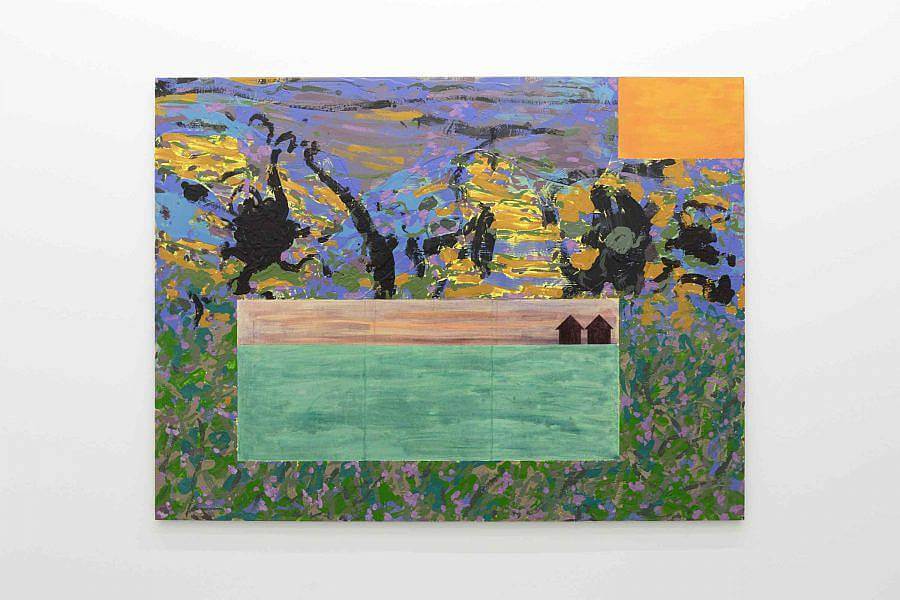
All of the work comes from drawing, note-taking, and playing with materials. The successful drawings and material experiments then become the basis for subsequent paintings which in turn lead to more drawings and so on.
How did your interest in art begin and how did you get to where you are focused in now?
I can definitely thank my parents for my interest in art. Very blessed to grow up in a household with other creative people. I’d say where I’m focused now in my practice is a result of synthesizing my interests in materiality, form, history, and language, over the course of many years.
What is influencing your work right now?
I’ve been thinking a lot about work that came out of the Lettristes movement in mid-1940s France that was established by an amazing artist named Isadore Isou.
Muddled text and scrawling cursive like strokes appear throughout your work. How does painting function (or fail to) as a tool for language and more specifically conversation? What does it mean to distort text and language so much it begins to exist solely as image/object?
I guess my favorite part of reading a book or reading an image is when my mind diverges from what’s in front of my eyes, and imagination or free association takes over. The conversations that I’m interested in happen between the viewer and the painting. The other conversations that precede the paintings that happen between myself and the materials/references are really just starting points for generating the imagery. Much of my work from the past 5 plus years has been the result of something that I have read from which I pull colors, textures, images, etc. For me distorting the text and language so much moves the paintings away from being illustrative towards a place beyond language where surface, color, mood, and atmosphere are the leading characters. It seems that language certainly always defers to other words for it to be understood, whereas paintings can often exist and be understood without having to put words to them.
You use a blend of historic (egg tempera, encaustic, etc) and contemporary materials within your painting practice. What is the significance of working with a variety of materials/treatments and how does it inform your practice?
For me, the most significant thing about any of the materials I use is their individual formal and technical qualities. For example, the egg oil emulsions that I use can produce some really beautiful transparent colors that can be built up fairly quickly given its fast dry time. Encaustic is another paint that essentially dries as it cools and has one of the most amazing surfaces when dry, it’s like a matte liquid velvet finish. I’ve also always loved the history of some of these materials as well, and the relationships to icon painting, manuscripts, and portraiture. For me, the past is alive and well and we are constantly interacting with other timelines in so many ways on a day to day basis. It’s joyfully disorienting to put these elements in conversation with each other in direct ways.
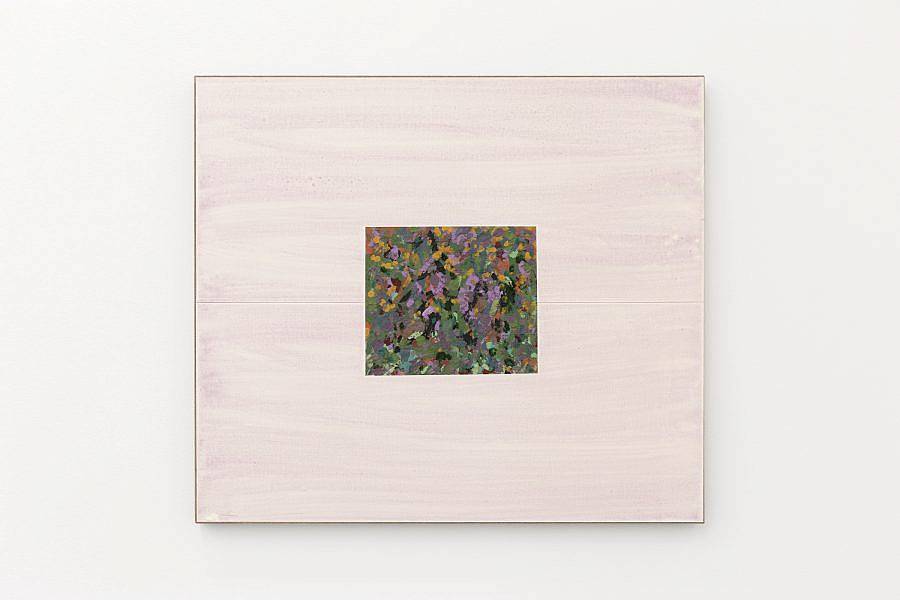
Through your paintings, you create spaces that exist in other highly specific realms with the inclusion of the recurring characters of a female figure, a house, a dog, and so on. Are you building a narrative when you work? Do you see your paintings existing in the same world as one another?
I would say that I use narrative as a point of departure to generate the imagery in the paintings, although the result is anything but linear. I don’t necessarily want a viewer to feel like they are being told a story but maybe they are invited into the work in a participatory way. Kind of like one of those Choose Your Own Adventure books from the 80’s-90’s. The reader gets to make decisions for the characters and there are multiple plot lines of how the story can play out. My hope is that viewers feel invited through the materiality to use their imaginations and inhabit the paintings and perhaps build their own narrative. Maybe they are meant to be like a kind of déjà vu… I want the work to feel something like a dream one had the night before.
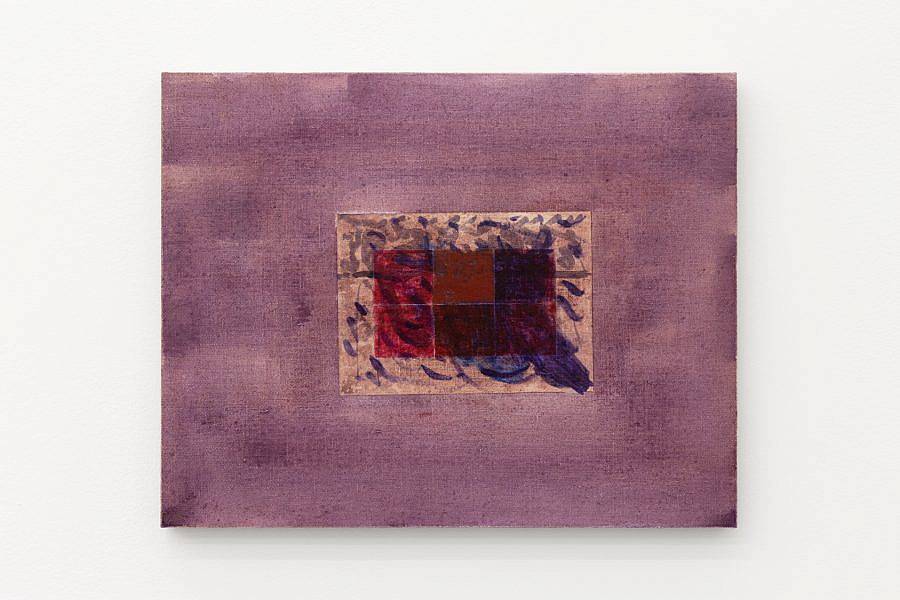
What are the main motifs in your work?
Recently, there have been a lot of houses and other kinds of buildings or architecture, some occasional interiors, grids of colorful squares, and elements of landscape. Mostly there are two houses or buildings near one another or with the roofs just barely touching…occasionally figures appear as well.
A lot of your work consists of multiple layers in one piece, can you talk a bit about what the process of this is like? What language are you attempting to build through layering?
I’ve always really loved gluing things together. And I love the areas where two or more materials and motifs butt up against one another. There’s a register that forms in these areas as paint builds up over the seams where it’s apparent that the surface is made of multiple treatments, and the paintings end up oscillating between image and material. The paintings definitely involve a very straightforward kind of layering in their construction. The process often involves gluing and collaging paper onto linen-wrapped panels, and then masking these areas with tape and plastic while the next layer is completed. This is usually when I would use encaustic which initially gets poured and spread with homemade cardboard scrapers and brushes. Depending on the painting, sometimes I paint directly on the dried encaustic with oil or more encaustic. After that, I generally would remove the masking and work back into the areas of paper surface. While there definitely is a process of working with layering in many of the paintings and drawings, I think about the resulting images relating to fragmentation as opposed to a cohesive set of layers. I’d say it’s a language of accumulation where ground and figure become confused through the layering of these elements.
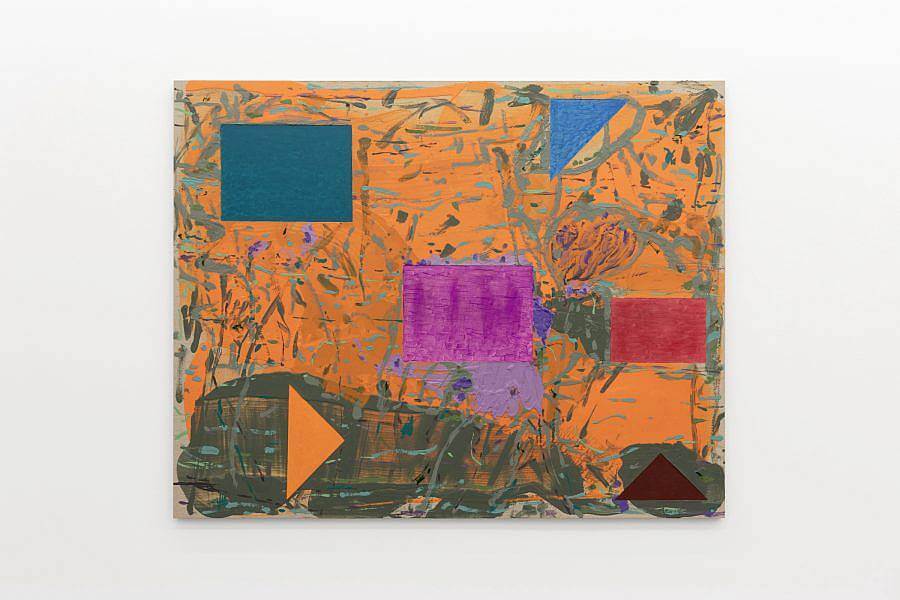
Describe your current studio or workspace. (Please provide a photo of it if you have one)
I recently moved into a new studio that’s basically an office inside a much larger warehouse in East Garfield Park. It’s really close to home which is a huge help, plus there’s a big outdoor area for the dog to run around. There are a few artists I know in the building but most of the space is unoccupied, so it’s nice and quiet most of the time.
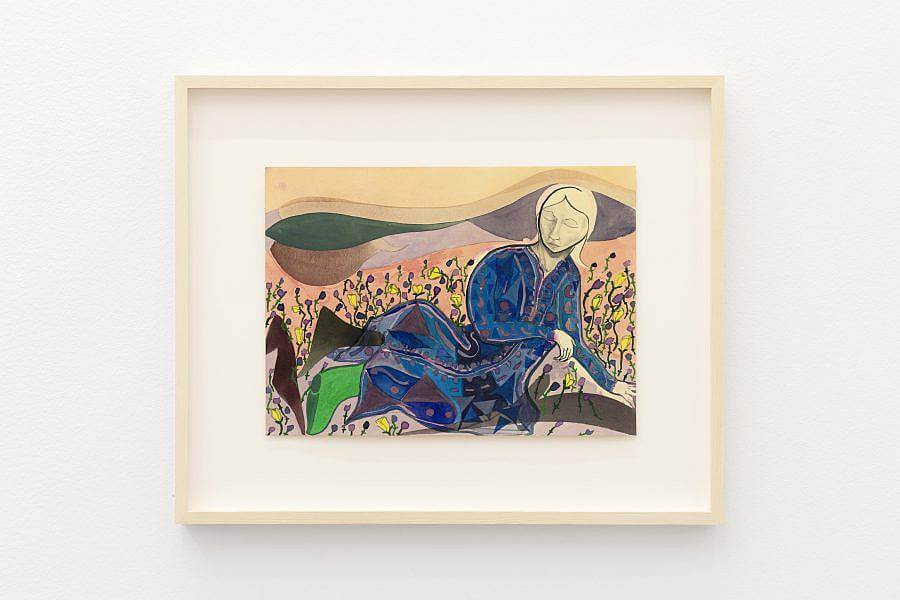
What are some recent, upcoming or current projects you are working on?
I had a one-person show in the fall of 2023 at Mickey Gallery here in Chicago, and am currently in a three-person show at Ingress Gallery in Soho House with Tatiana Sky, and Juan Arango Palacios.
What do you want a viewer to walk away with after seeing your work?
I’d like viewers to walk away feeling like they just shared a good meal with a close friend.
What is one of the bigger challenges you and/or other makers are struggling with these days and how do you see it developing?
Yeah, this is a good question.
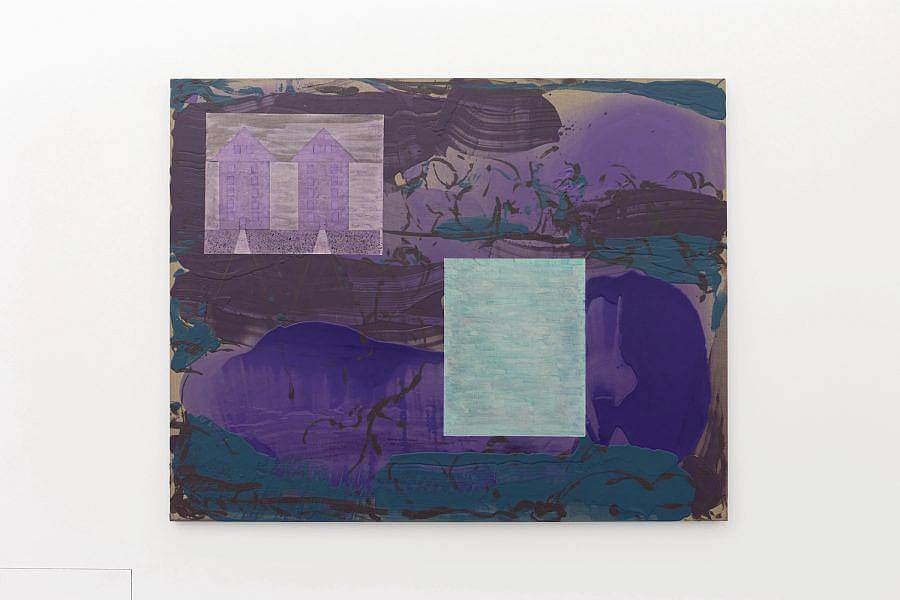
Do you have any daily rituals?
My favorite daily ritual is taking our dog to the park in the morning. She gets up right around 6 so we are usually there by 6:15 or so…. It’s nice to be out that early while everything is still and quiet.
What do you collect?
I have a pretty decent collection of books, but also plants, coins, some decorative ceramics, I have some really great artwork too and I wish I had space to show it all. I save a lot of random things as well, tchotchkes and such from traveling, hand me downs from family, not sure if that counts as collecting.
What have you been listening to/reading lately?
Recently started a book called Kant for Children by Salamo Friedlander. I’ve read other books by Mynona, which was Friedlander’s occasional pen name when writing grotesque and fantasy literature. Listening to the news, or NTS.
